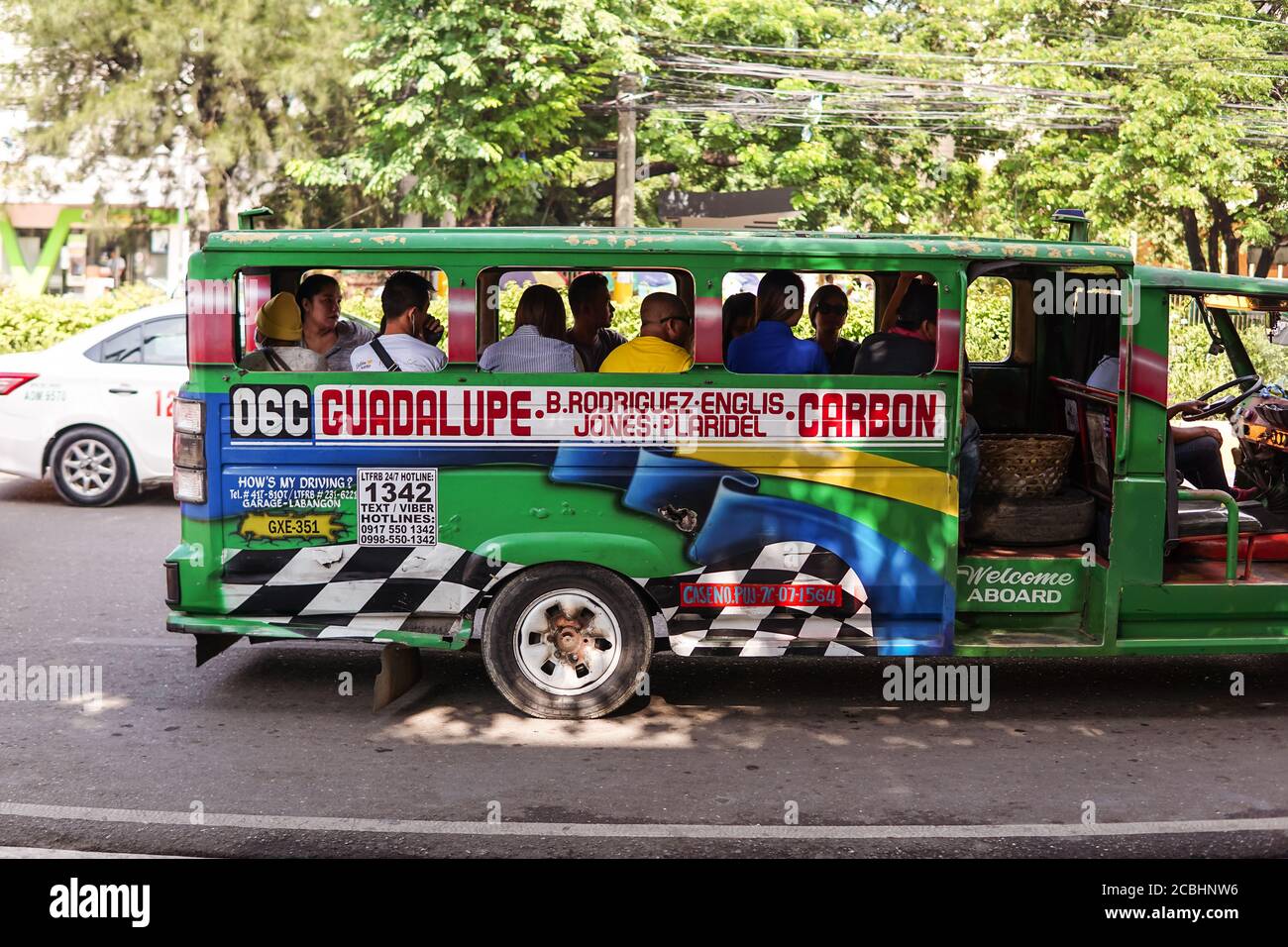Transit Advertising Philippines: Reach Countless Commuters Daily
Wiki Article
Comprehending the Duty of Transportation Advertising in Enhancing Brand Presence and Consumer Interaction
Transportation marketing has become a crucial component in the marketing landscape, supplying distinct possibilities for brands to raise their visibility and involve consumers efficiently. With the capacity to get to a captive and varied audience throughout their daily commutes, these advertising techniques are not just about presence; they have to do with producing purposeful links with possible consumers. As we check out the multifaceted benefits and ingenious approaches within transit marketing, it ends up being necessary to consider exactly how these aspects jointly influence consumer assumption and behavior, increasing concerns about their long-lasting influence on brand name commitment.Interpretation of Transportation Advertising
Transportation advertising refers to the technique of promoting products, solutions, or brands via promotions placed around public transportation systems. This form of marketing incorporates a range of positionings, including posters on buses and trains, electronic screens at transportation terminals, and covers on the outside of vehicles. It intends to reach a varied audience, profiting from the high foot website traffic related to public transit.Transportation advertising and marketing is tactically placed to record the focus of travelers, that frequently spend considerable time traveling or waiting. By integrating promotions right into the daily regimens of people, brands can produce a lasting perception and foster brand recognition. The tool is especially reliable in city environments, where public transport is a key mode of traveling.
In addition, transportation advertising can help with local targeting, enabling services to get to specific demographics based upon transit courses and station areas. As city populaces expand and the use of public transport boosts, this advertising method has actually gotten importance as an important component of integrated advertising techniques. The dynamic nature of transportation marketing, combined with its capability to involve customers in a restricted atmosphere, highlights its relevance in contemporary marketing methods.
Benefits of Transit Marketing
The effectiveness of transportation advertising depends on its capability to provide a multitude of benefits to brands seeking to enhance visibility and interaction. Among the main benefits is the substantial reach it offers; transportation ads can effectively target diverse demographics throughout city areas, getting to both pedestrians and travelers alike. This broad exposure considerably boosts brand awareness.Another advantage is the high regularity of perceptions. As transportation lorries follow established routes and stop at numerous locations, they produce recurring direct exposure that enhances brand name messages. This regularity fosters familiarity, which is vital in customer decision-making.
Transportation advertising is likewise cost-effective compared to other media platforms. Offered its extensive reach and possibility for high impacts, brands frequently experience a reduced expense per thousand impacts (CPM), maximizing their advertising budget plan.
Moreover, transit ads can develop a sense of community connection. By lining up with neighborhood transportation systems, brands can reverberate with local target markets and foster a sense of regional pride. This local strategy boosts brand loyalty and involvement, making transit advertising and marketing a compelling option for organizations intending to solidify their existence in the marketplace.

Reliable Techniques for Transportation Campaigns
To optimize the effect of transportation projects, brand names must leverage critical planning and execution customized to their target market. First, recognizing the group attributes of the audience utilizing public transportation is crucial. This permits brands to develop personalized messaging that resonates with possible consumers.Next, choosing the appropriate transit mediums is crucial. Whether utilizing bus wraps, train posters, or electronic screens, each medium has one-of-a-kind benefits that can enhance exposure. As an example, vibrant visuals on bus covers can stand out, while electronic advertisements can be upgraded regularly to mirror timely promotions.
Additionally, integrating a natural branding technique throughout transportation systems guarantees consistency and enhances the brand name's identity. Utilizing captivating layouts and memorable taglines will certainly enhance brand recall among travelers.
Last but not least, timing is a key element in implementing successful transit campaigns. Launching projects throughout optimal traveling hours or neighborhood occasions can dramatically raise presence and involvement. By using these approaches, brand names can properly harness the possibility of transportation marketing, promoting higher understanding and connection with their target audience. Inevitably, a well-executed transportation campaign can drive substantial growth in brand name exposure and consumer engagement.

Determining Effect and Engagement
click here for more In evaluating the performance of transportation advertising projects, precise measurement of influence and interaction is important for brand names seeking to optimize their advertising and marketing techniques. Metrics such as reach, regularity, and perceptions offer fundamental data to assess presence. Examining these aspects helps establish exactly how numerous potential consumers are exposed to the ads during their day-to-day commutes.Engagement can be additional evaluated via customer interactions, such as internet site traffic, social media discusses, and direct reactions to calls-to-action included in the ads. Making use of tools like QR codes or one-of-a-kind URLs can assist in tracking of customer habits straight linked to transportation campaigns. Studies and feedback systems additionally offer as important techniques to collect qualitative data on customer perceptions and recall of the ad.
In addition, advanced analytics and attribution designs can associate transportation direct exposure with succeeding getting actions, supplying insights into the return on investment. By utilizing a thorough strategy that combines quantitative and qualitative steps, read brands can establish a nuanced understanding of their transit marketing effect. Eventually, this data-driven method makes it possible for brand names to improve their projects, guaranteeing they reverberate successfully with target market and improve general brand name exposure.
Situation Research Studies of Successful Campaigns
Successful transit advertising projects work as engaging examples of how effective strategies can boost brand name exposure and interaction. Transit Advertising Philippines. One noteworthy case is the "I Love New York" project, which changed the city's picture and attracted millions of tourists. By utilizing metro advertisements, signboards, and bus wraps, the campaign created a solid, natural brand name identity, leading to a considerable uptick in tourism and regional company patronage
One more exemplary project is Coca-Cola's "Share a Coke" effort, which leveraged transportation marketing to personalize the brand name experience. By featuring popular names on advertising products across numerous transportation platforms, Coca-Cola cultivated a deeper emotional link helpful resources with consumers, encouraging them to share their experiences on social networks.
Furthermore, the "Got Milk?" campaign properly used public transport advertisements to reach a wide audience, strengthening the message of the importance of milk in a well balanced diet plan. The project saw a measurable rise in milk consumption in target demographics.
These case research studies illustrate that when carried out thoughtfully, transportation advertising and marketing can substantially enhance brand visibility, foster consumer interaction, and drive quantifiable results, showing its crucial role in modern-day advertising and marketing strategies. - Transit Advertising Philippines
Verdict
Finally, transit advertising and marketing works as a crucial tool for enhancing brand presence and fostering customer interaction. By making use of tactically positioned advertisements within public transportation systems, brand names can properly enhance and get to varied audiences recognition through constant exposure. The execution of targeted messaging and cutting-edge strategies additionally magnifies the influence of transportation projects. Ultimately, the ability to measure engagement and evaluate successful situation research studies emphasizes the performance of transportation advertising and marketing in driving brand name commitment and customer communications.Transportation advertising and marketing has actually arised as an essential aspect in the advertising landscape, providing distinct opportunities for brands to elevate their visibility and involve consumers efficiently.Furthermore, transit advertising can help with local targeting, permitting services to reach specific demographics based on transit courses and terminal places.In examining the efficiency of transportation marketing projects, exact dimension of effect and engagement is necessary for brand names looking for to enhance their advertising techniques.Successful transportation advertising projects offer as compelling instances of how effective approaches can raise brand presence and involvement.In conclusion, transportation advertising and marketing serves as an important tool for boosting brand exposure and fostering customer engagement.
Report this wiki page